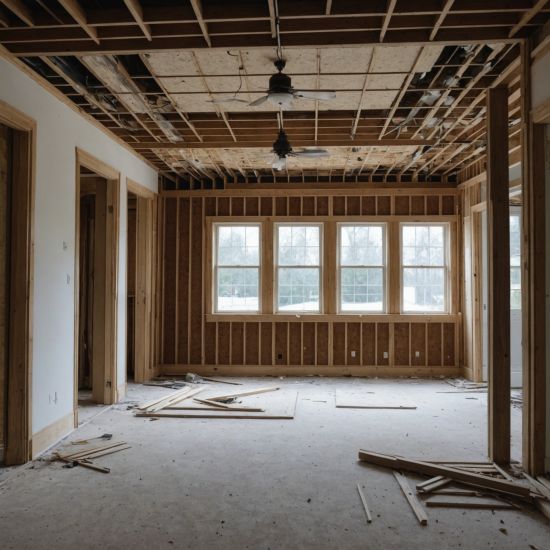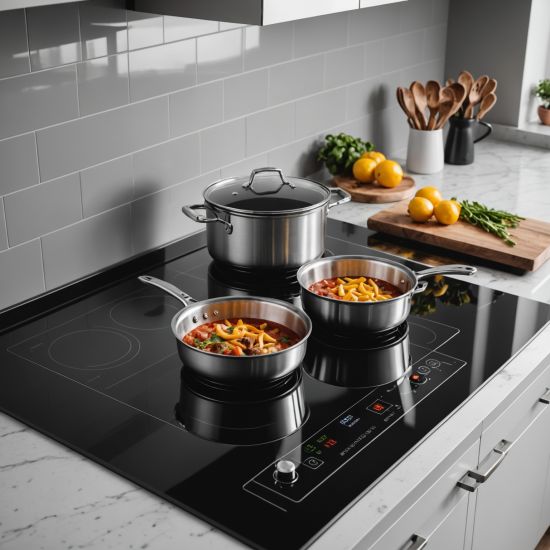Renovating Your Home: An Environmental Impact Overview

Renovating your home can be good or bad for the environment. It depends on your choices.
TLDR - It's bad for the environment
- Renovation's Environmental Impact: Significant, depending on materials and practices.
- Material Choices Matter: Sustainable materials reduce the footprint.
- Waste Management: Proper disposal of construction waste is key.
- Energy Efficiency: Upgrades can save energy and lower emissions.
- Misconception: Renovation is always worse than new construction.
A Brief History
The environmental impact of home renovation is a relatively new area of focus. Early renovations focused on function and aesthetics. Environmental concerns emerged with growing awareness of climate change. This happened in the late 20th century. People began to study the lifecycle of building materials. They started to consider waste reduction.
The Current State
Today, sustainable renovation is gaining popularity. People are making eco-conscious choices. They are using recycled materials. They are also choosing energy-efficient appliances. Many resources exist to help homeowners. These resources offer guidance on sustainable practices. You can find many guides online. For example, check out The Green Home Guide. There is also growing interest in circular economy principles. This means keeping materials in use for as long as possible. Reducing waste is paramount.
Misconceptions
A common misconception is that renovation is always worse than new construction. This isn't always true. Careful planning and material selection can minimize a renovation’s impact. Sometimes, renovation is even better. This is because it avoids the embodied carbon of new materials. Embodied carbon refers to the greenhouse gases released during the manufacturing and transportation of building materials. Another misconception is that small renovations have no significant impact. Even small changes accumulate. They impact the overall environmental footprint of your home.
Important Considerations
Material selection is crucial. Choose sustainable materials like reclaimed wood or bamboo. This guide to sustainable building materials provides a detailed list of options. Proper waste management is vital. Recycle or repurpose as much as possible. Dispose of hazardous materials responsibly. Consider energy efficiency upgrades. Insulation, efficient windows, and renewable energy sources significantly reduce your home's environmental impact. Remember to choose local materials and suppliers. This minimizes transportation emissions. Finally, proper planning is essential. Avoid unnecessary demolition and waste.
Renovating your home has an environmental impact. But you can minimize it. By making informed choices, you can renovate sustainably. You can create a home that is both comfortable and environmentally responsible.







